Fatal Accident During Mooring Operation Takes Chief Officer’s Life
Real Life Incident: A general cargo ship arrived with an import cargo that was stacked high on the hatch covers, exposing a large lateral wind area. A strong offshore wind was blowing during the final approach to the berth (starboard side to) with a pilot on board, but it had been already decided that the docking could be safely completed without tug assistance.
The forward mooring team on the forecastle consisted of the C/O, Bosun and an able seaman (AB). The vessel was fitted with a large wavebreaker right forward, which meant that the forecastle deck had very little clear area. Standing on a small bulwark platform on the starboard side, the C/O was leading the team and also operating the mooring winches remote control levers located close by. The bridge team had no view of the forward mooring station due to the tallwavebreaker and high deck cargo.
The ship approached the berth at an angle of about 30 degrees and, with her bow close to the jetty, the forward spring line was sent ashore and belayed on a bollard. In order to bring the stern closer to the quay the pilot requested slow ahead on the engine and full port rudder. In addition, the bow thruster was activated to port so as to align the ship parallel with the wharf.
Before undertaking this manoeuvre, the Master warned the foredeck team on the portable VHF radio that the engine would be working ahead and that all personnel should stand clear of the taut backspring. This was acknowledged by the C/O, but for unknown reasons, he remained at his position. The engine and rudder movement was performed but had to be repeated within minutes as the stern did not move sufficiently towards the quay.
Again, before the engine movement, the Master called out a warning to the foredeck team and got confirmation from the C/O but he remained at his location near the winch remote control unit. This time, the engine order lasted longer, and probably due to the bow moving ahead and away from the shore, the backspring came under very high tension and suddenly parted. The broken rope end snapped back violently and hit the C/O on the head and neck, who was felled and lay motionless. Unfortunately, despite all efforts by crew and paramedics, the ambulance doctor declared the C/O dead soon after.
Investigation of the accident
1 The spring line had only been in use for a month and appeared to be in good condition;
2 The method used to berth a high-sided vessel without tug assistance in the prevailing conditions by working engine, rudder and bow thruster against a single backspring constituted a high risk manoeuvre;
3 The C/O failed to move away from snap back zone even after being warned by Master;
4 Poor design – Confined/restricted area on the forecastle deck and improper location of winch remote control unit;
5 The company had no specific guidelines for mooring and the company management had not identified mooring to be a hazardous operation.
Reference & Image Credits: nautinst
Do you have info to share with us ? Suggest a correction
- Real Life Incidents: Near Miss In Open Water And Good Visibility
- Real Life Incident: Poor Situational Awareness Leads to Collision
- Real Life Incident: Monkey’s Fist Knocks on Office Window
- Real Life Incident: Paint Storage Slip-Up On Ship
- Real Life Incident: Checklist Mentality Is A Burning Problem
- Real Life Incident: Vessel Speed Exacerbates Bank Suction
Latest Case studies Articles You Would Like:
Subscribe To Our Newsletters
By subscribing, you agree to our Privacy Policy and may receive occasional deal communications; you can unsubscribe anytime.



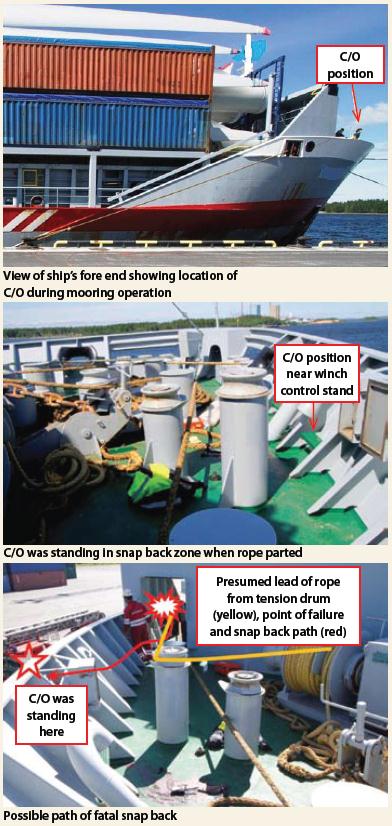

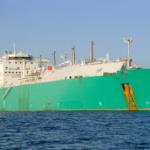
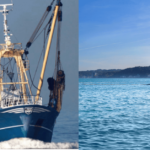
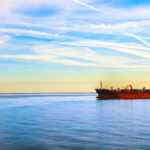
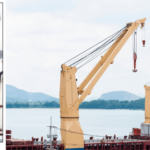
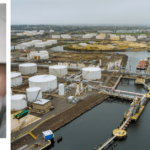
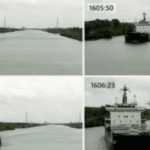
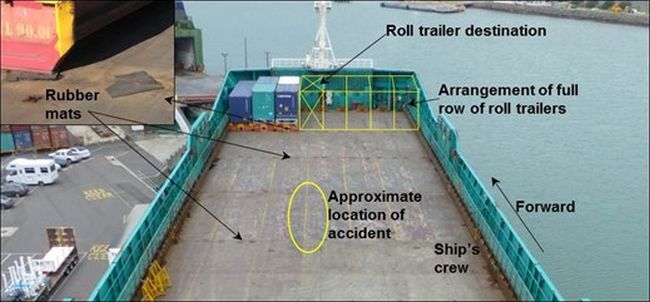
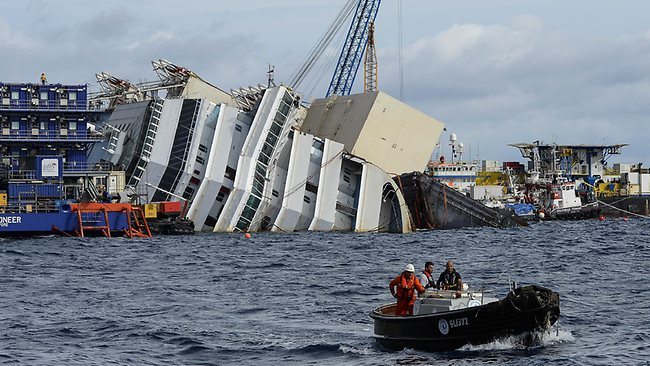
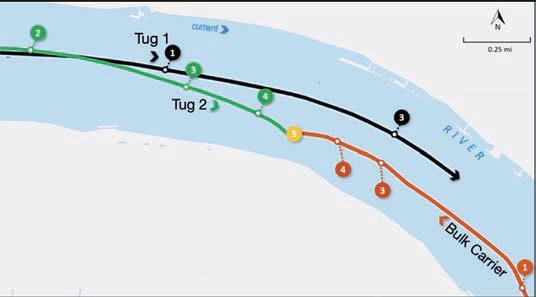
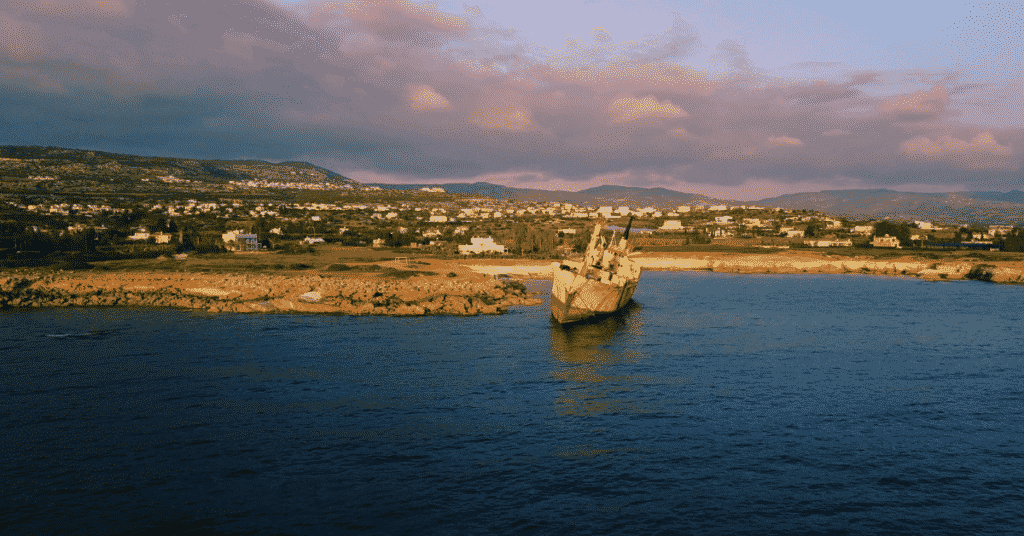
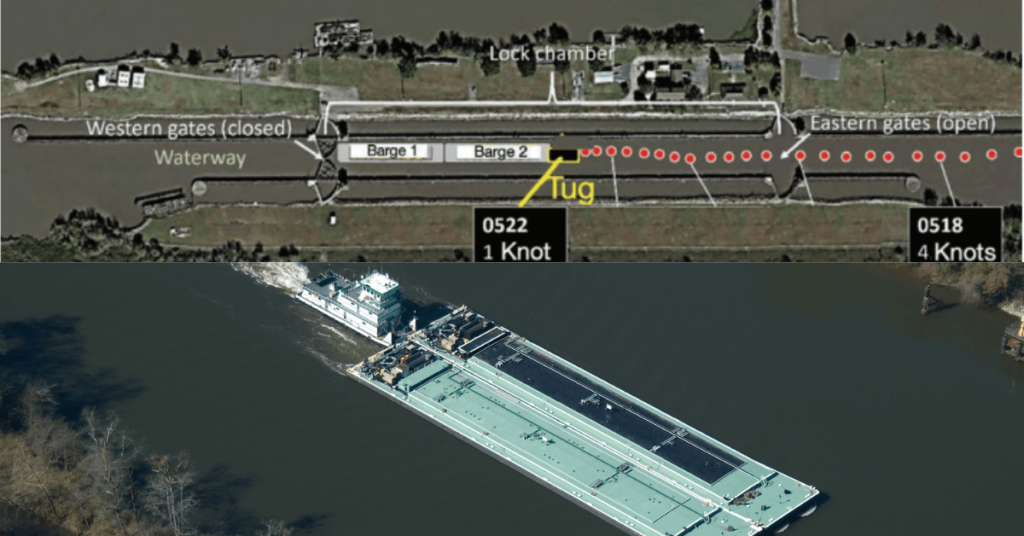
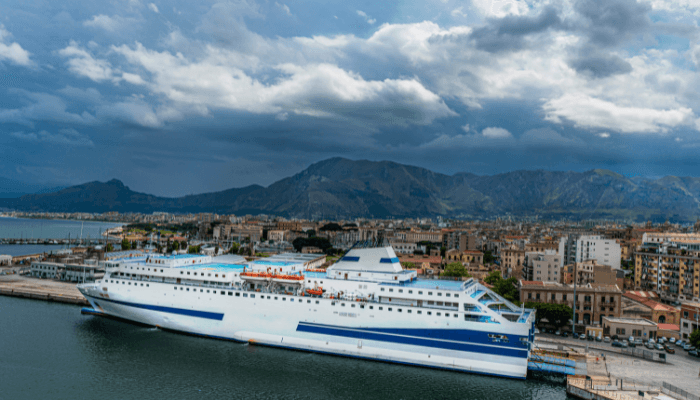
Keep safe
I know to hard to accept on his love once….. But for me ,,,every time the tragedy,,,all ways…. Including,,, this kind of work,,,, but for me who supost to be in charge,,, in this ship,,,, many in charge… But not carefully,,, all those…… My opinion,,,, must to pay attension,,.in your job,,,
during mooring operations, c/o must take control of the remote at forecastle when engine is being used to bring the ship alongside without tug assistance (experience wise), because in his best judgement, he can reduce the stress/strain on the mooring line or lines to avoid breaking.
with current technology we could easly develop some kind of machines to mooring without people. But nobody cares, hurry, hurry, cargo is waiting!
We must to take care on ower life because seaman life is not ise
Master already informed fwd team that the ship will be using engine ahead… C/O should know that the fwd spring will come to tight so that is his priority to check adjusting the line when it comes to tight. That should also be included to masters order… GIVE SLACK to fwd spring and FULL TIGHT to aft spring.